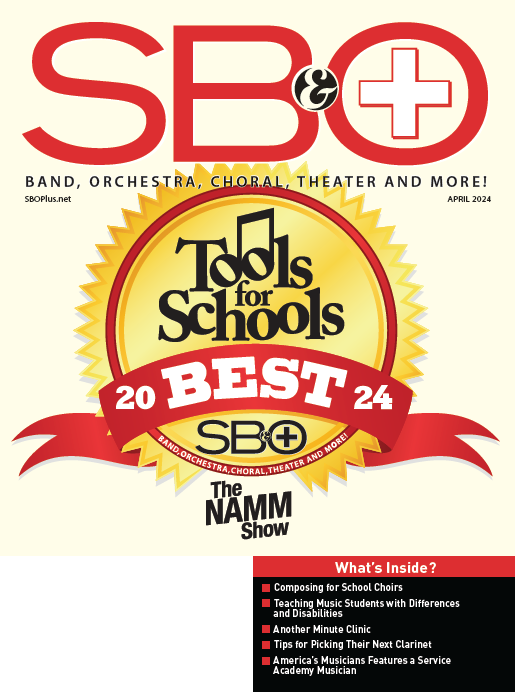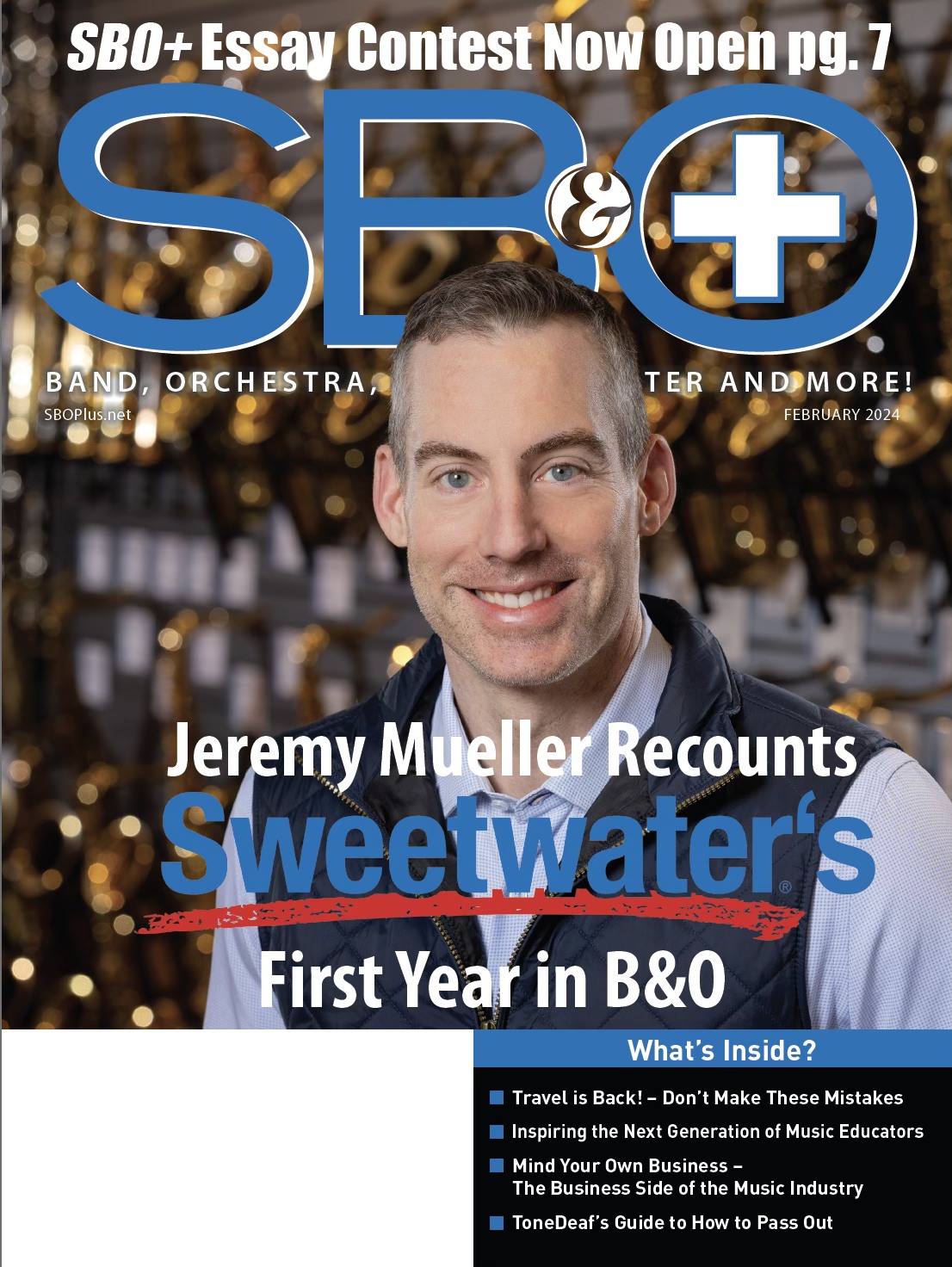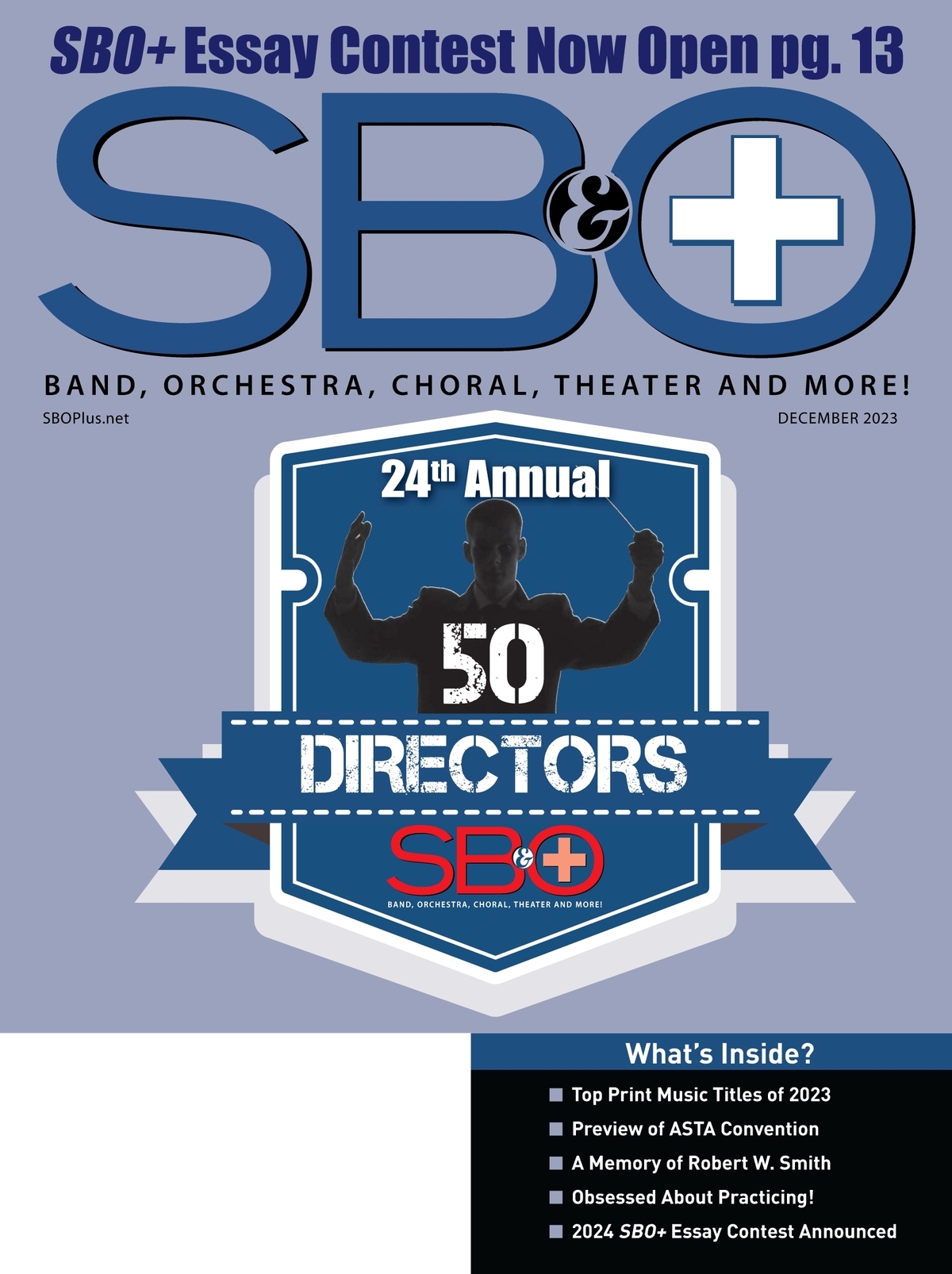EDUCATORS SUBSCRIBE FOR AS LOW AS $0.00! CLICK HERE!
 Part 1: Introduction
Part 1: Introduction
Your school music program should be 100% funded by the school, the district, and the state. Unfortunately, for most of us that simply isn’t the case.
Our programs are running on bare-boned budgets, and as music educators and parents we often find ourselves over-worked trying to raise funding to establish a thriving music program.
Fortunately, the best music programs never fail to attract supportive parents, alumni, administration, and community members at large. This makes creating and managing a booster program a particularly easy and attractive way to gain essential funding for establishing programs, and for providing the financial resources to enhance the learning of students while increasing their opportunities to perform, travel, and experience music on a deeper level.
This manual is set out for the music director looking to start a booster program, and the director that already has one but wants to increase its effectiveness and efficiency. But this manual is also for the boosters themselves, to help guide the organizations motivations, actions, and legal compliance.
A few things to keep in mind before you get started:
• Always comply with the legal requirements of your district and school. Before beginning any booster activities, it is best to clear the action with your principal to ensure their backing and support. Additionally, funds should always be sought for from the school and/or district before any other type of fundraising should occur.
• The goal of the booster program is to support the music director, not to guide or subvert the director. The content and priorities of the music program are the responsibility and directive of the music director, and the booster program is supplementary to that.
• Booster groups are not only intended to support the music program financially, but in all advocacy efforts as well. Boosters have the ideal role of being liaisons to the community at large, while being the largest stakeholders for the program and advocates for their students.
• In some communities fundraising is seen as a negative action; the common belief that it takes time, effort, and expense that doesn’t justify the profit, or even that fundraising for school programs is seen as additional taxation. These sensitivities must be addressed prior to fundraising activities that may involve the community at large.
Regardless of these cautions, booster programs are one of the greatest assets available to programs of any size and in any locale. The efforts of the booster group can have lasting positive effects in the lives of music students. And isn’t that what it’s all about?
This guide is your road map to successfully creating, implementing, and developing your own booster group. We’ll be publishing a bit of this guide over the next few issues, until you have all the information you need to move forward confidently!
Elisa Janson Jones specializes in helping music educators build, grow, and manage thriving school music programs. With an MBA alongside her degree in music, she is also a coach and consultant to small businesses and nonprofits around the country and serves as the conductor of her local community band. She has been teaching music for nearly 20 years and currently holds the prestigious position of elementary music teacher at a private K-8 Catholic School in Grand Junction, Colorado. Elisa is a frequent presenter at state national, and international conferences. She is the founder of the International Music Education Summit and the author of The Music Educator’s Guide to Thrive.






